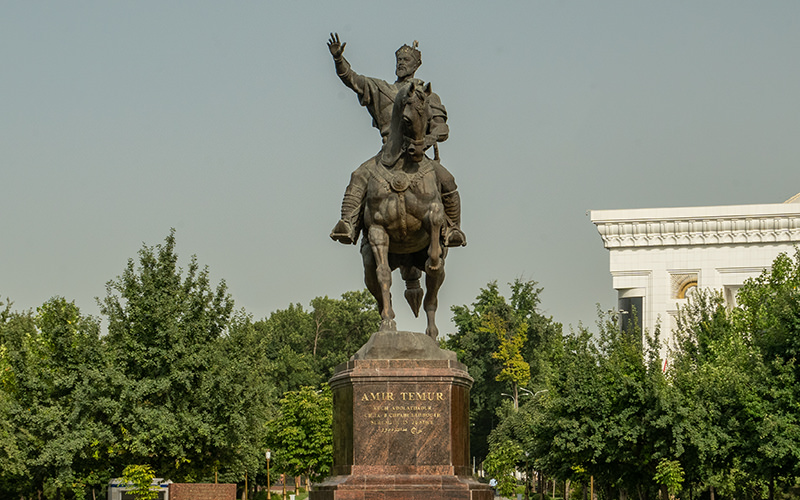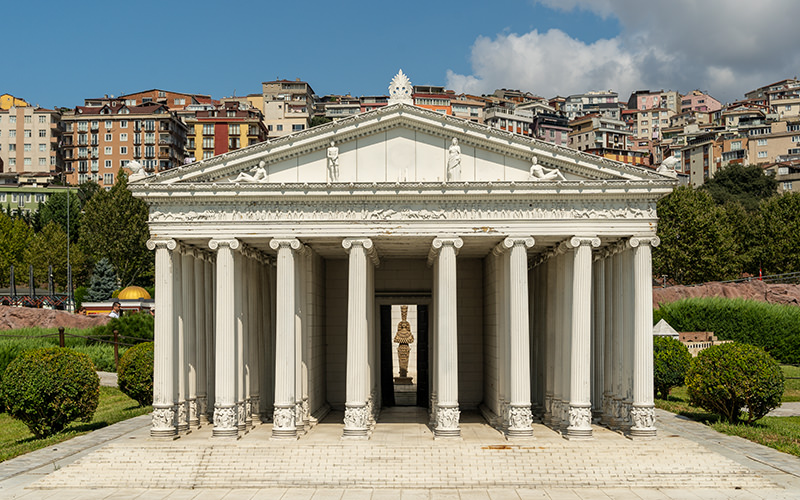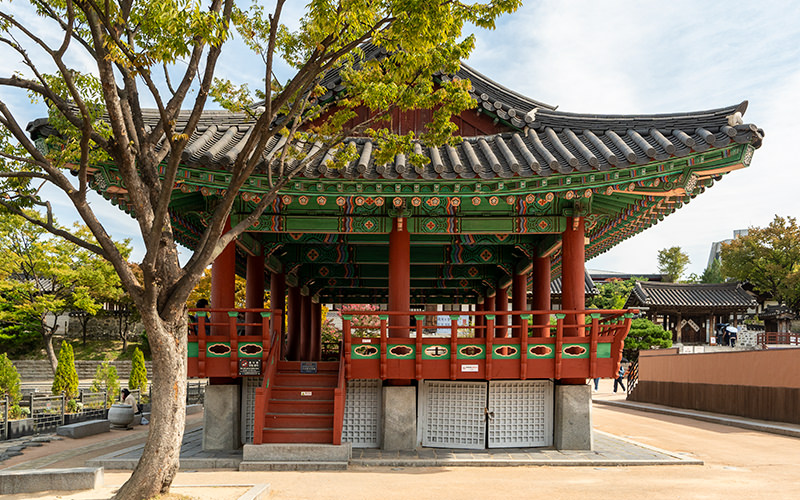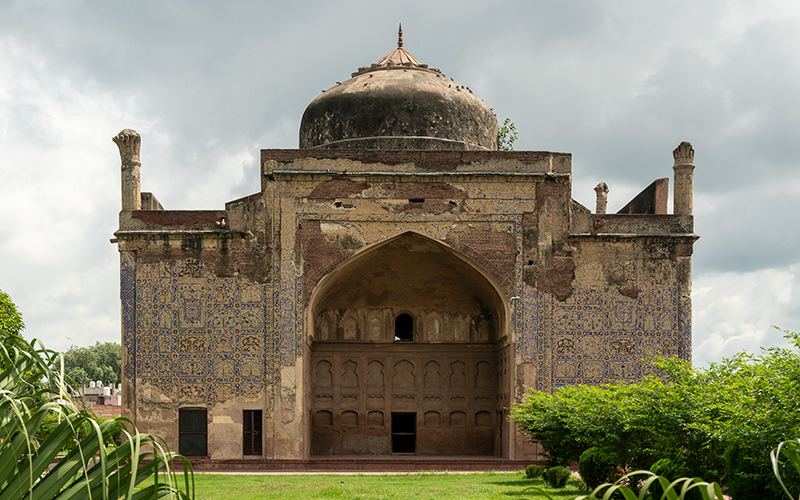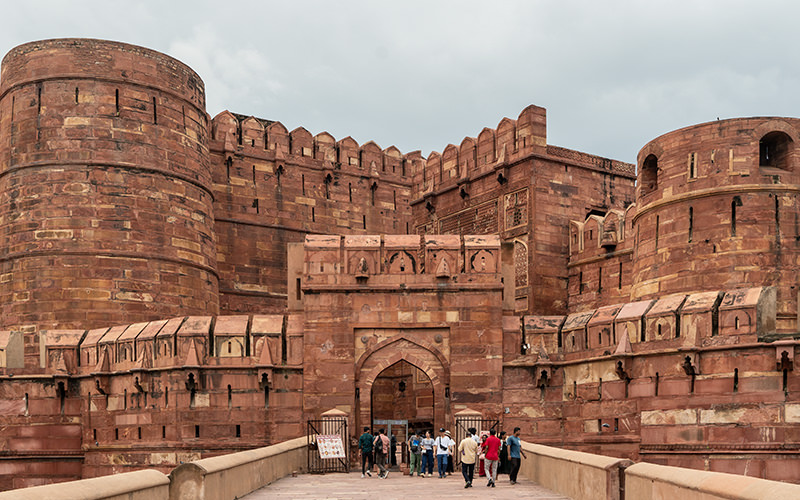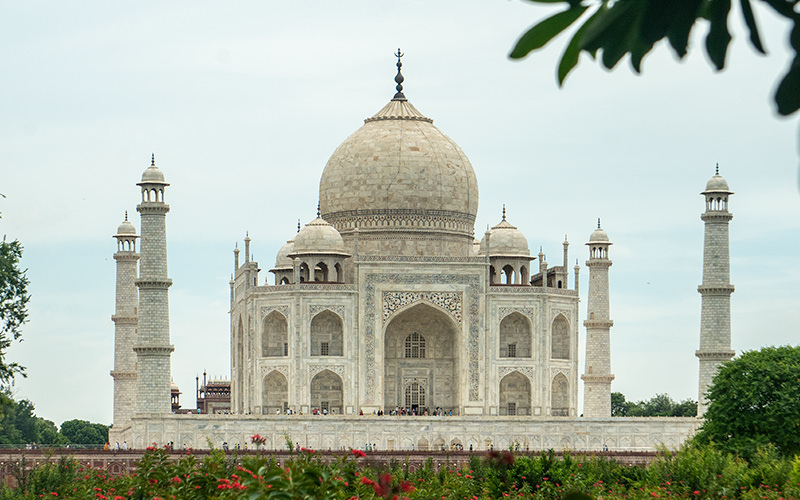I continue sharing stories about my journey through Indian cities. Today, we will take a look at the tomb of Itimad-ud-Daulah in Agra. This snow-white structure on the banks of the Yamuna River is often called the "Little Taj Mahal" or "Baby Taj."
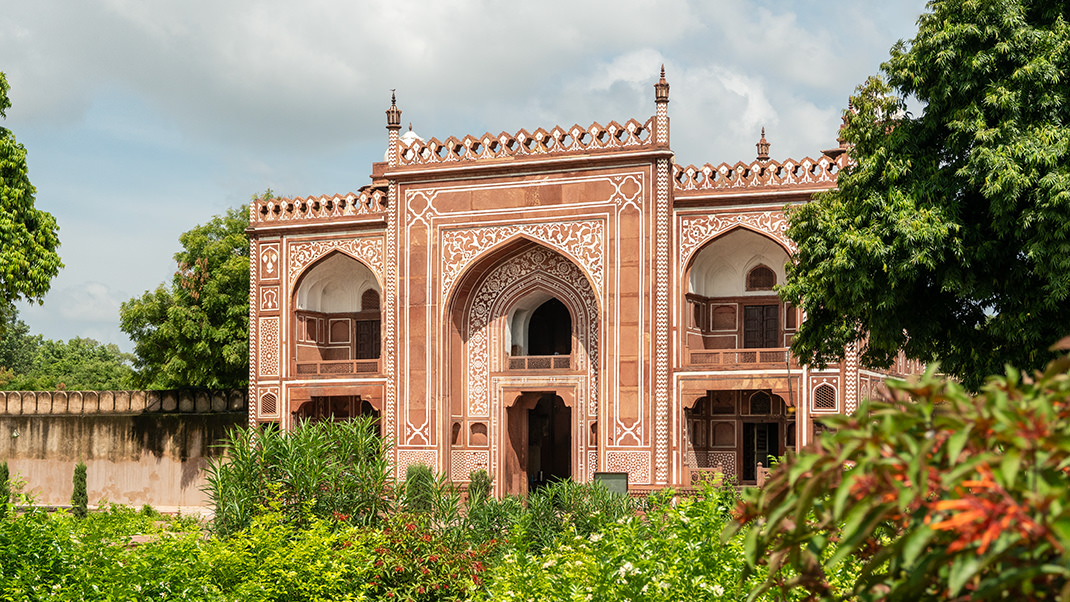
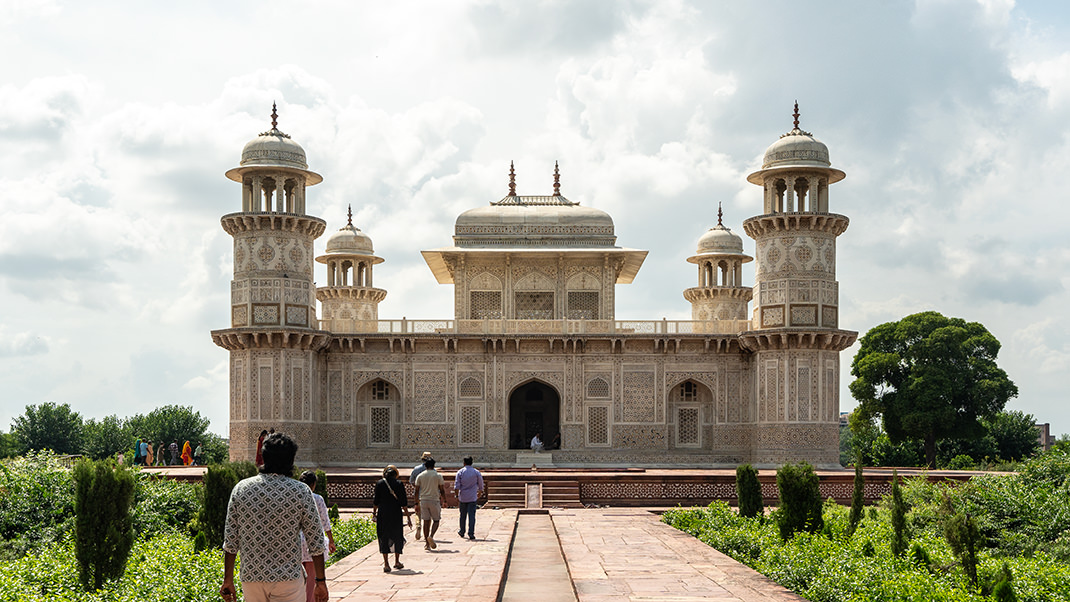
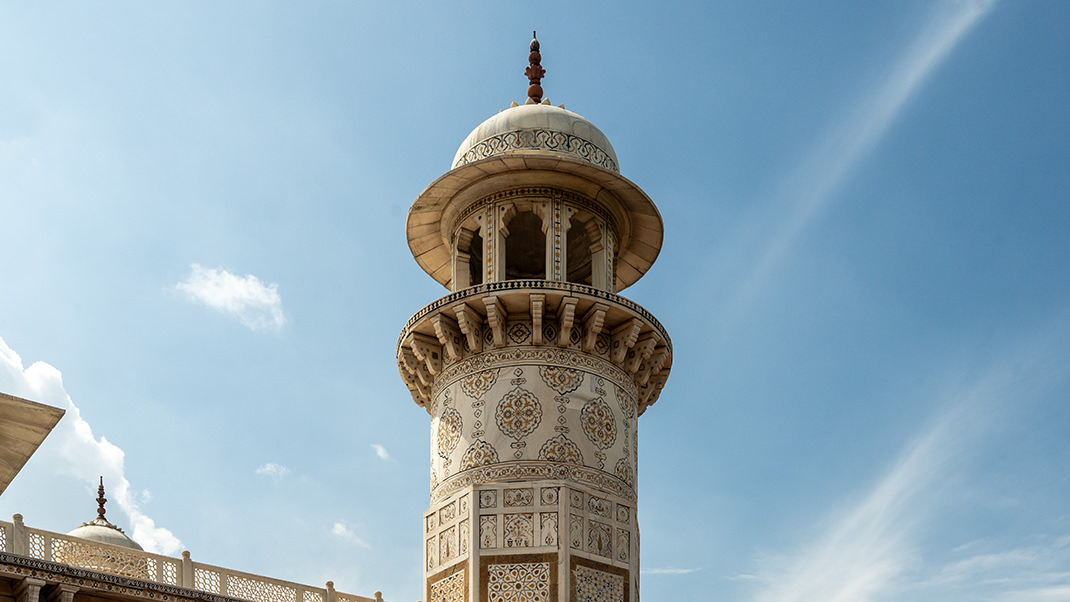
History of Construction
Itimad-ud-Daulah is the first Mughal-era monument to be entirely built from marble and the first tomb on the banks of the Yamuna. The famous Taj Mahal was only started four years after the completion of the Itimad-ud-Daulah mausoleum.
The mausoleum was built to house the tomb of Mirza Ghiyas Beg, a high-ranking official who served as the vizier (prime minister) of Emperor Jahangir. He was also the grandfather of Mumtaz Mahal, the wife of Emperor Shah Jahan, for whom the Taj Mahal was built. The construction of Itimad-ud-Daulah took place between 1622 and 1628.
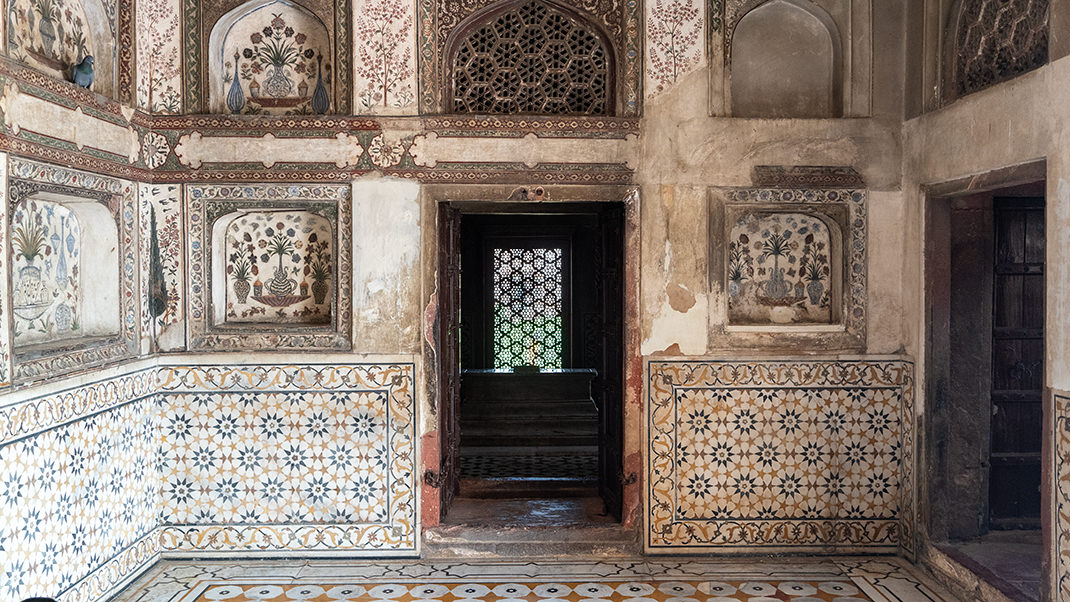
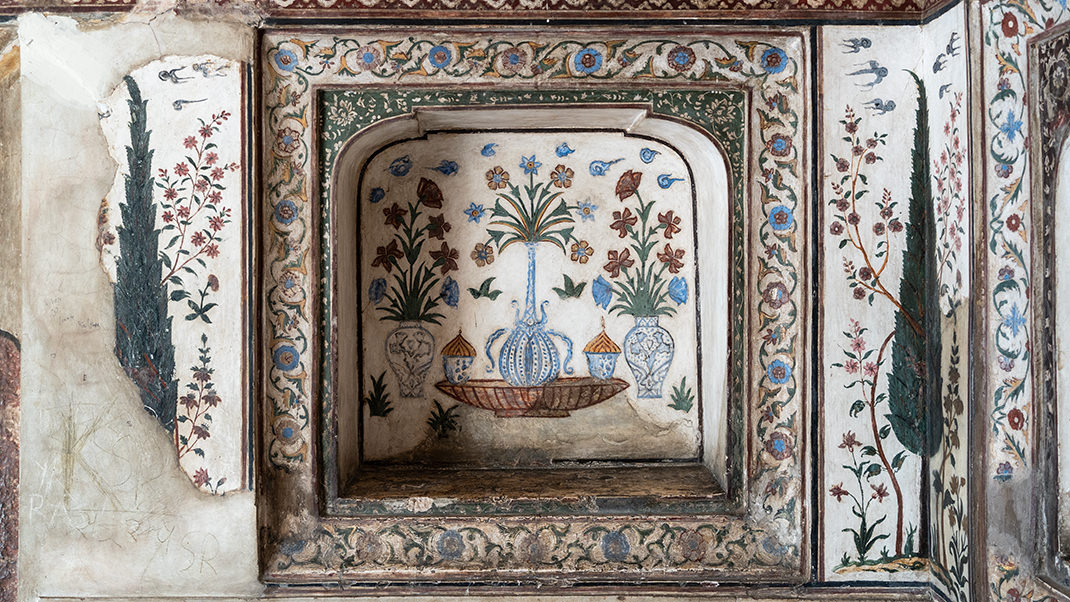
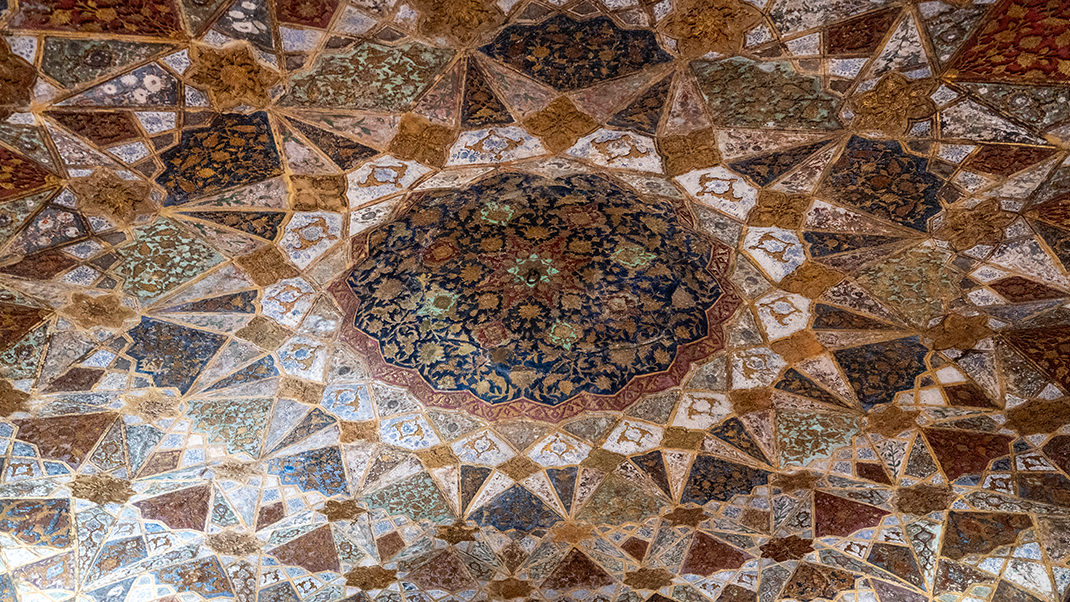
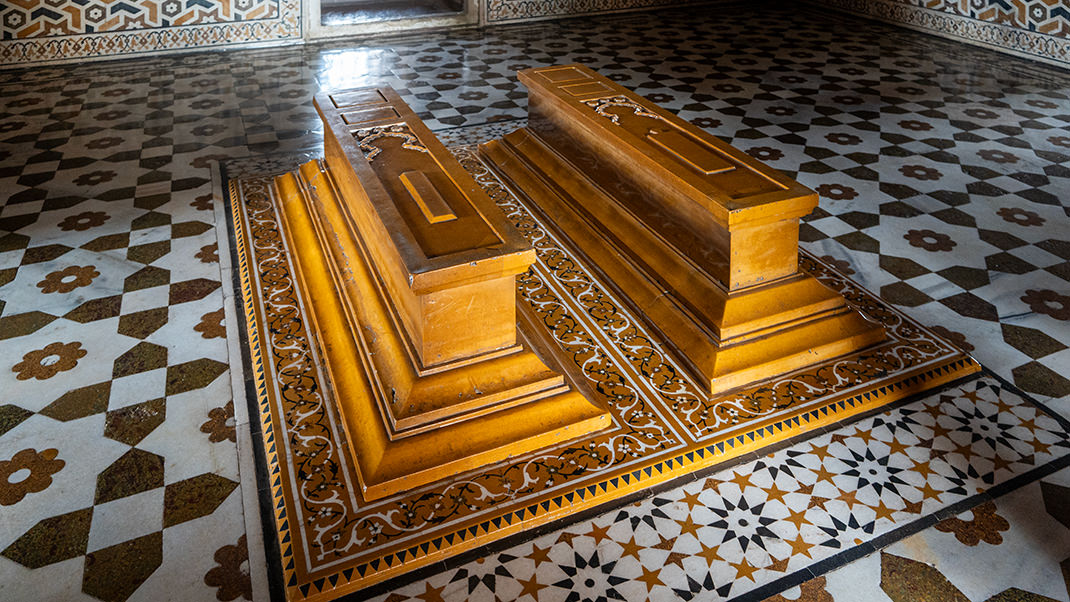
The mausoleum is located at the center of a walled garden. The structure itself is a single-story, square-shaped building with four minarets at the corners. Indian architectural literature notes that the designer of Itimad-ud-Daulah departed from the traditional forms of funerary complexes, instead creating a mausoleum in the style of palace pavilions.
The main entrance to the complex is on the east side, while decorative gates are positioned in the center of the northern and southern walls. Facing the river, there is a small open pavilion made of red sandstone with white marble inlays.
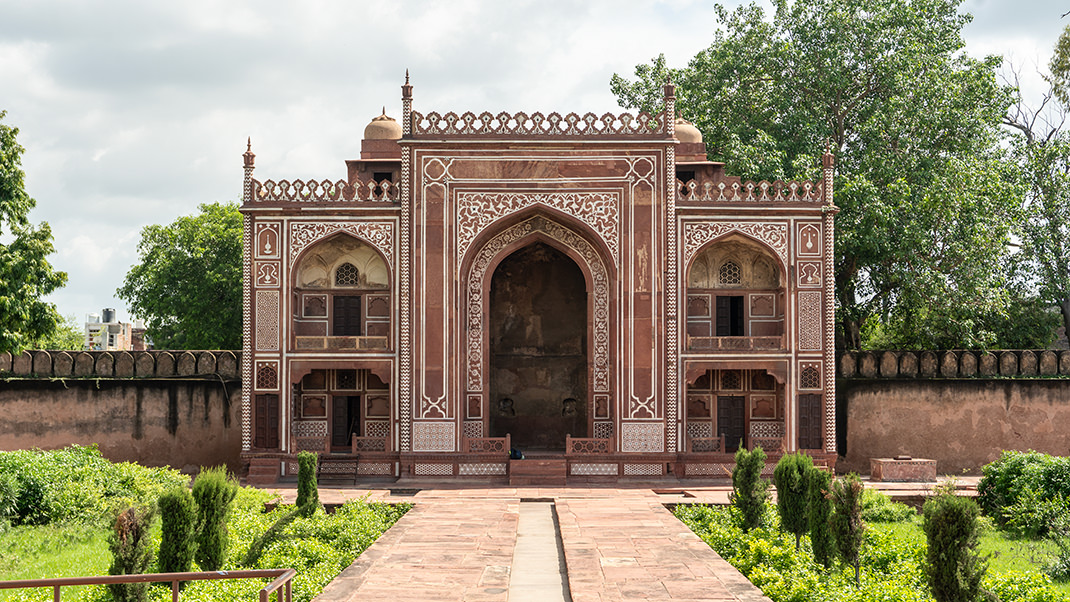
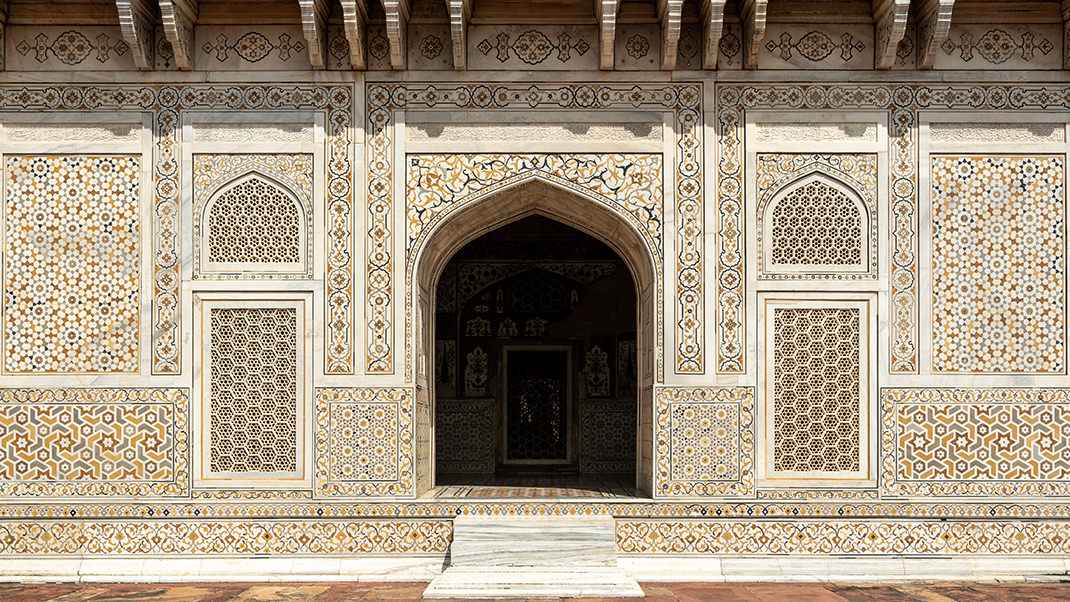
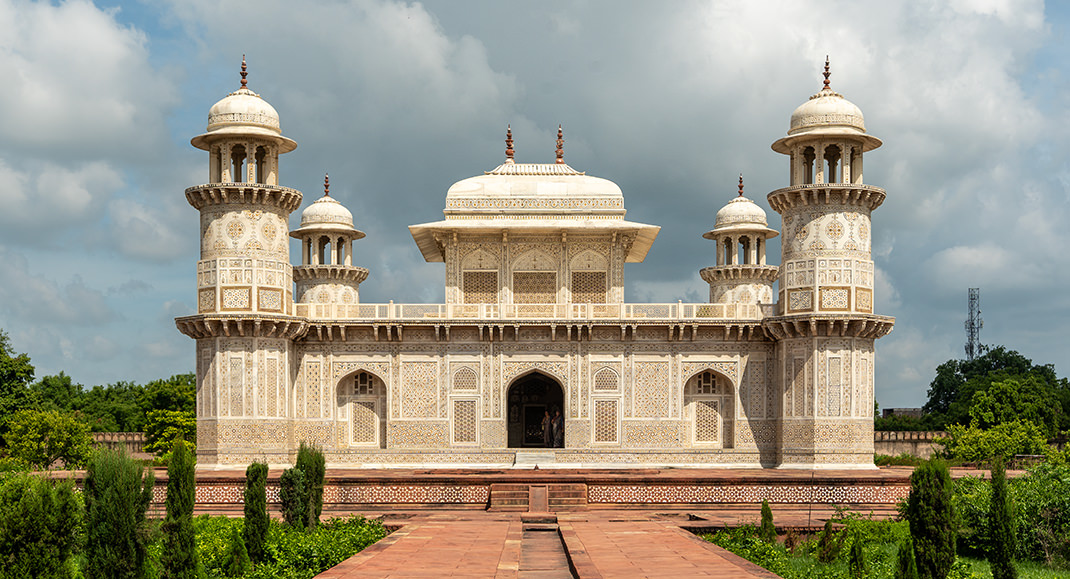
The Itimad-ud-Daulah mausoleum is incredibly elegant both inside and out. The interior is adorned with vibrant frescoes and multicolored panels. Intricate lattice screens on the windows add to the refined atmosphere of the rooms. Inside the mausoleum, several tombs can be found: in the central hall, there are cenotaphs of Mirza Ghiyas Beg and his wife, while in the corner chambers, visitors can see the graves of their daughter and other relatives.
How to Get to Itimad-ud-Daulah
The Itimad-ud-Daulah complex is about a 30-minute drive from the Taj Mahal. The most convenient way to get there is by taxi, and Uber operates in the city. Travel guides for Agra often recommend combining this visit with a trip to the Chini Ka Rauza mausoleum. That’s exactly what I did—I walked from Chini Ka Rauza to Itimad-ud-Daulah, which took about 15 minutes.
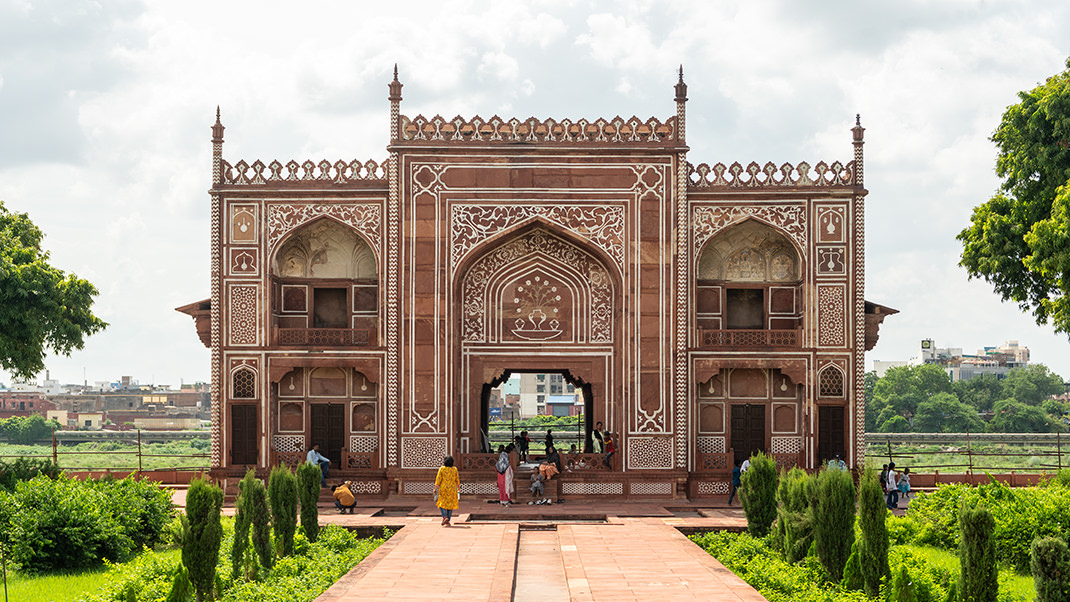
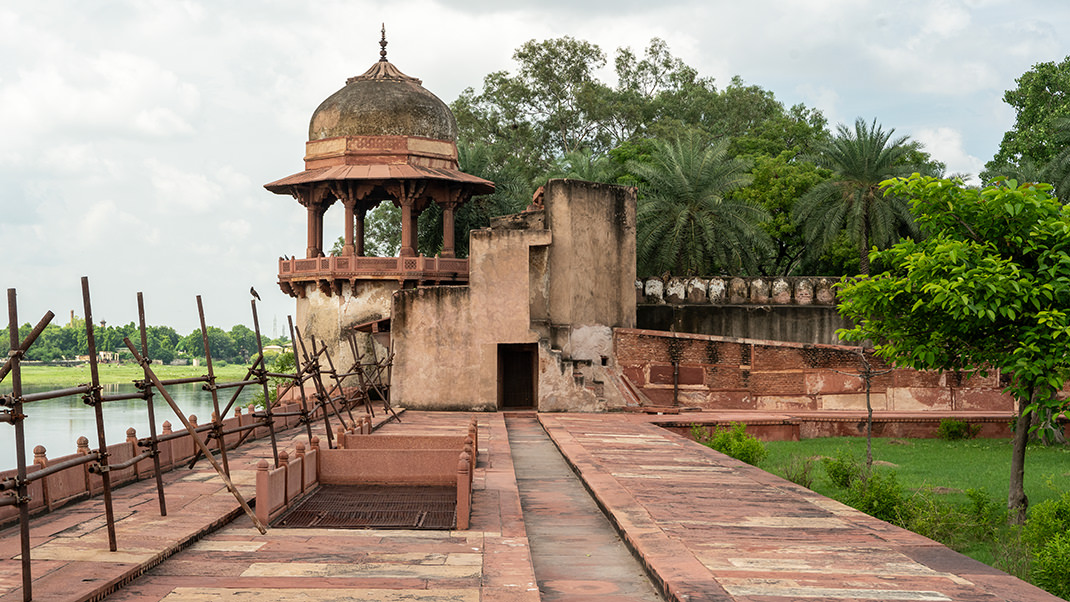
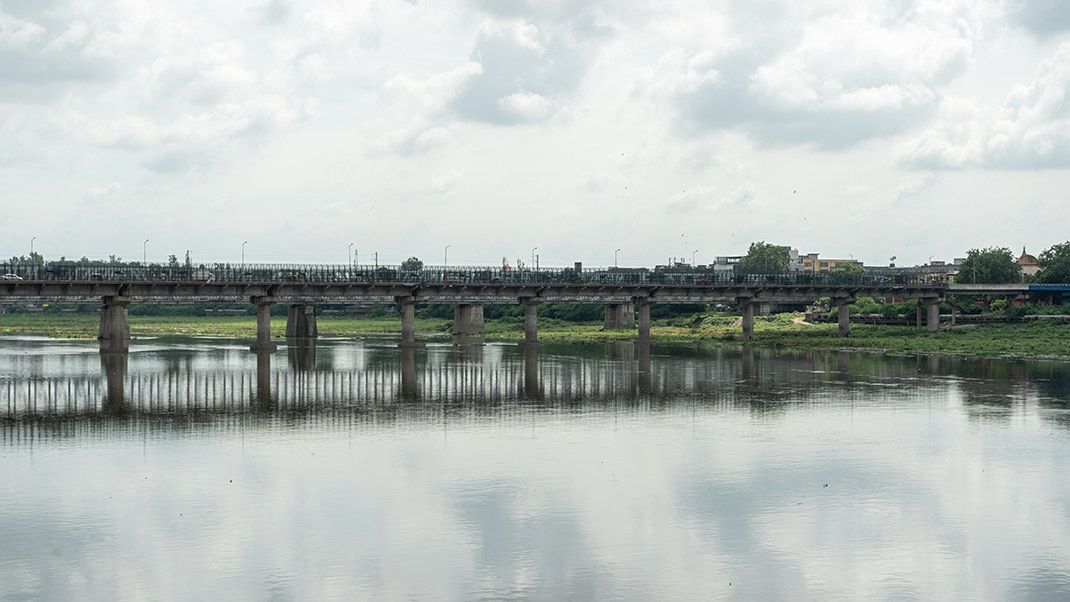
The entrance fee for the complex is 250 Indian rupees. I purchased my ticket on the website of the Ministry of Culture of India.
On the same bank of the Yamuna, there is another notable site—Mehtab Bagh Park, located directly opposite the majestic Taj Mahal.
Have a nice trip!


